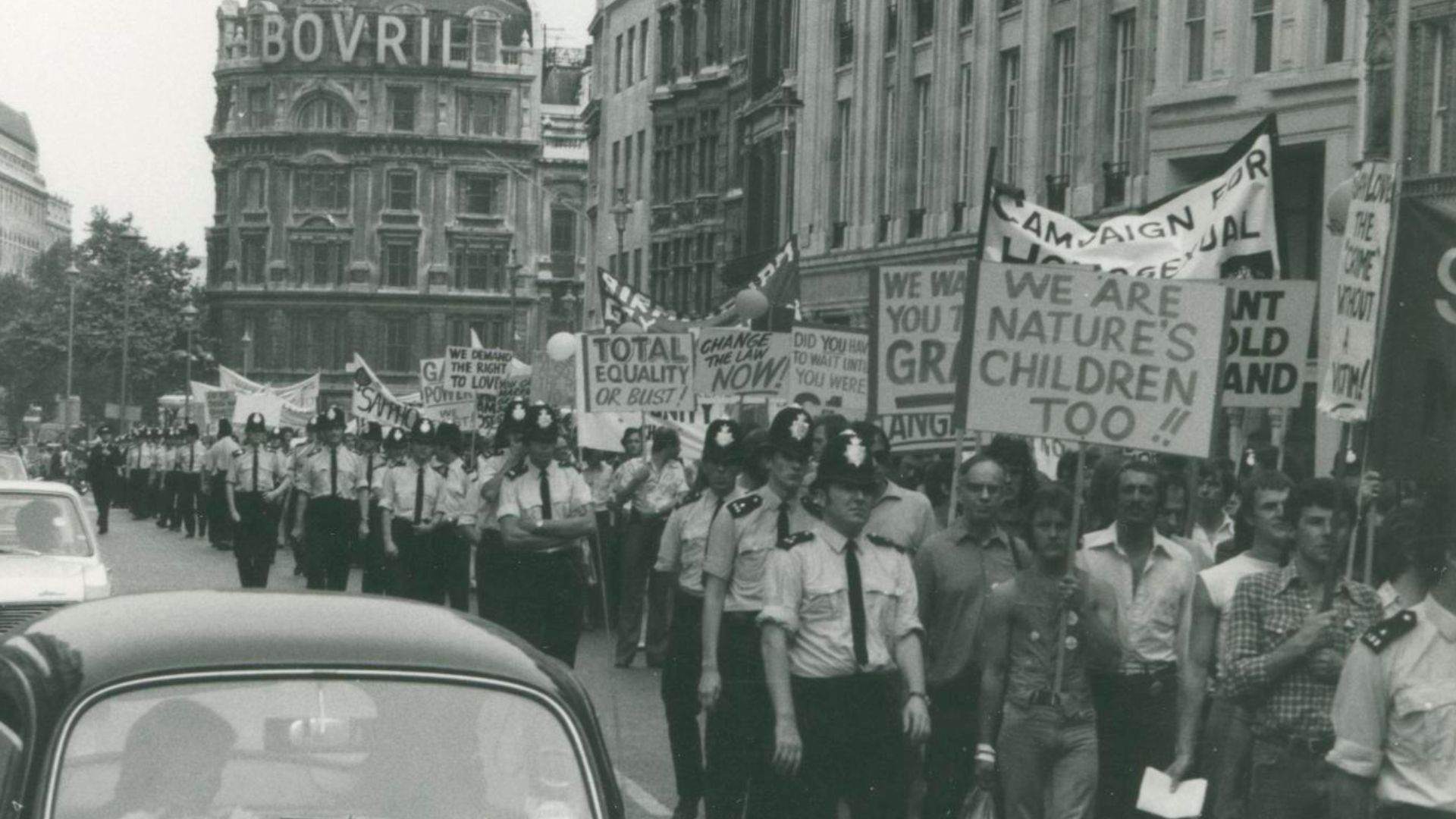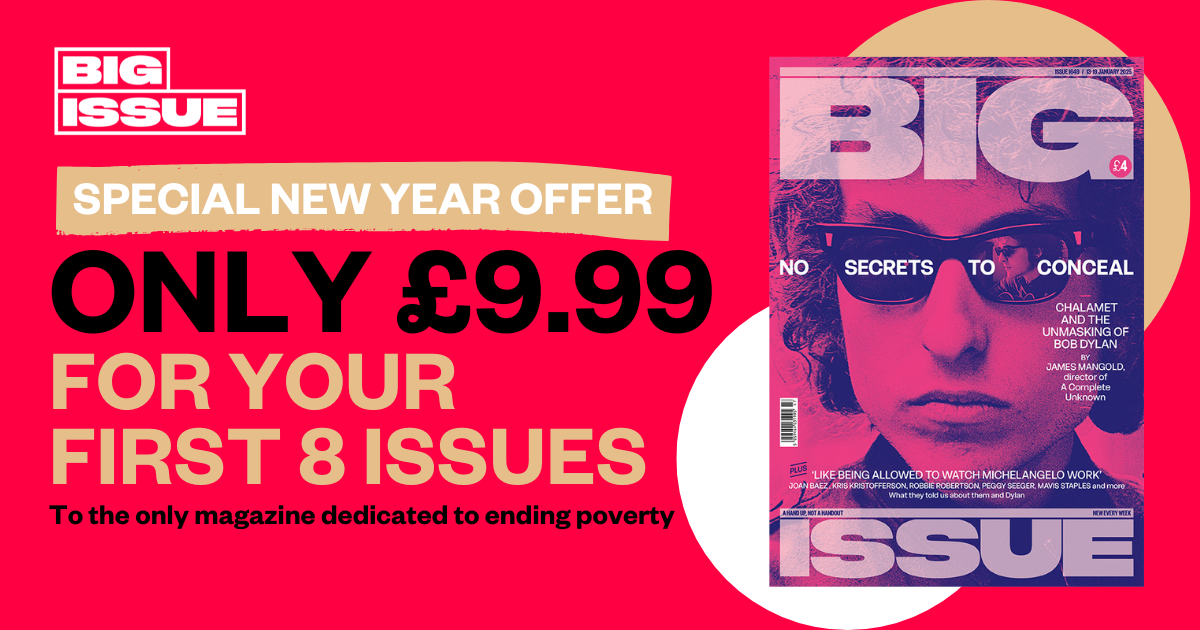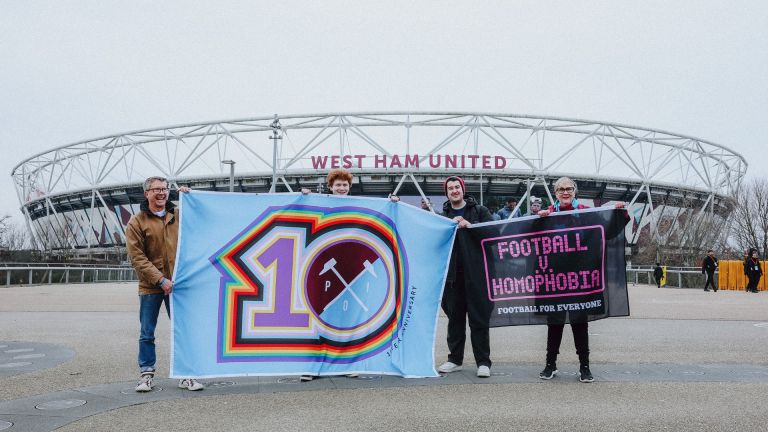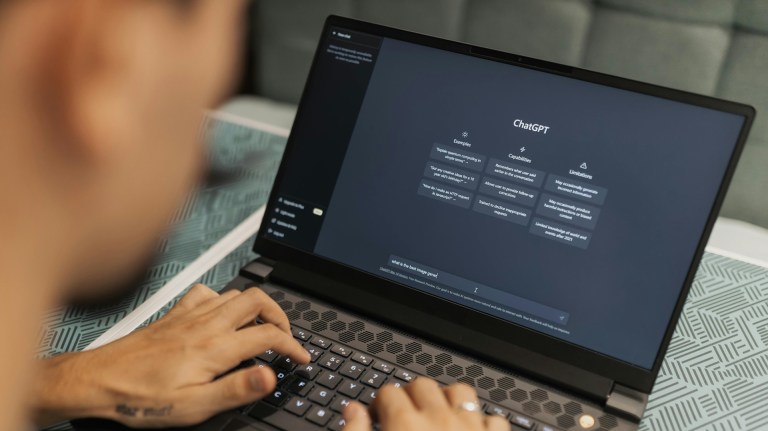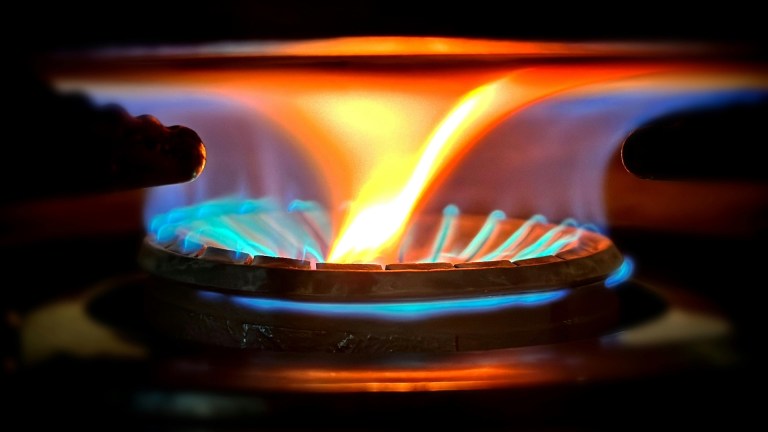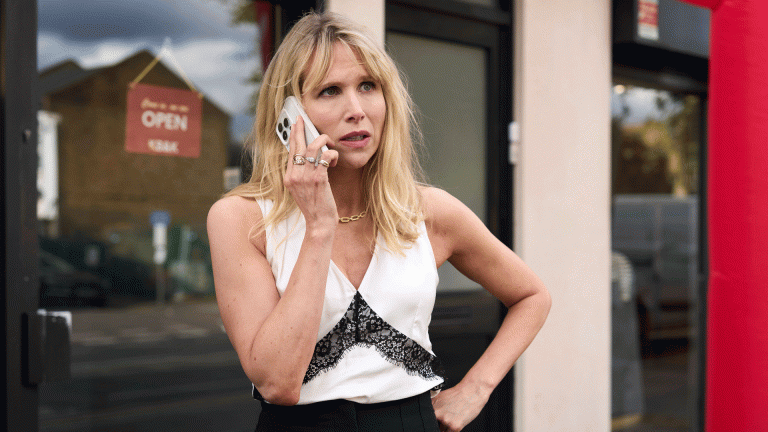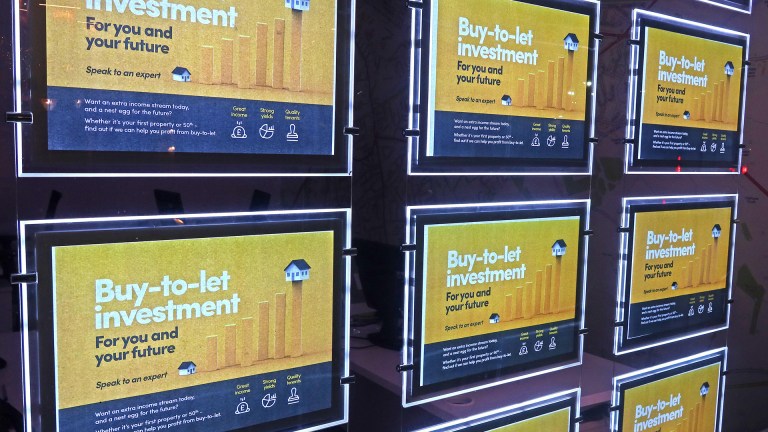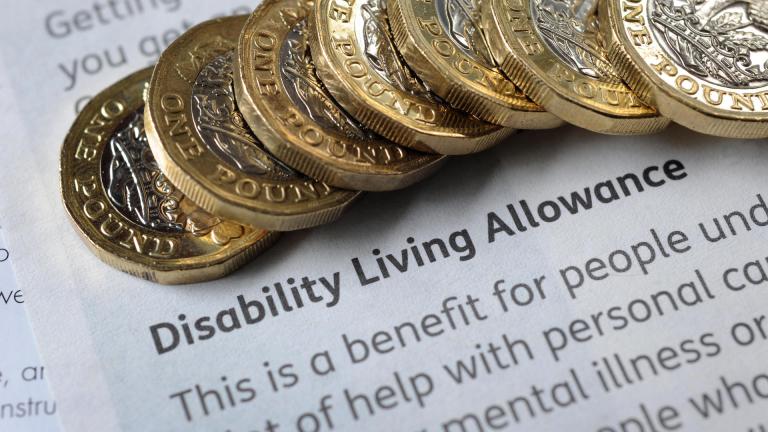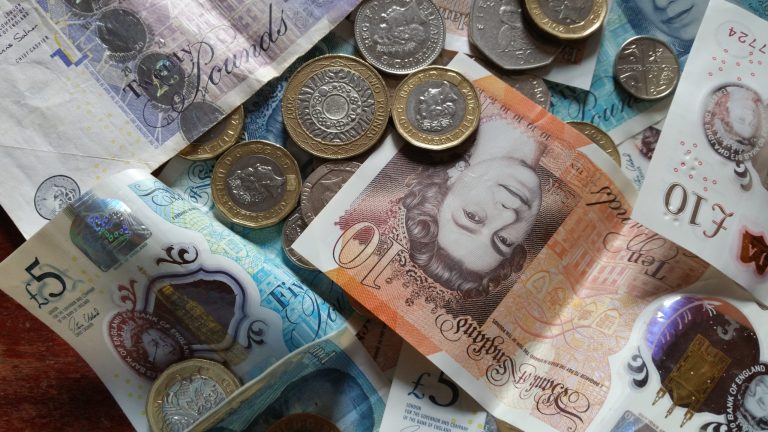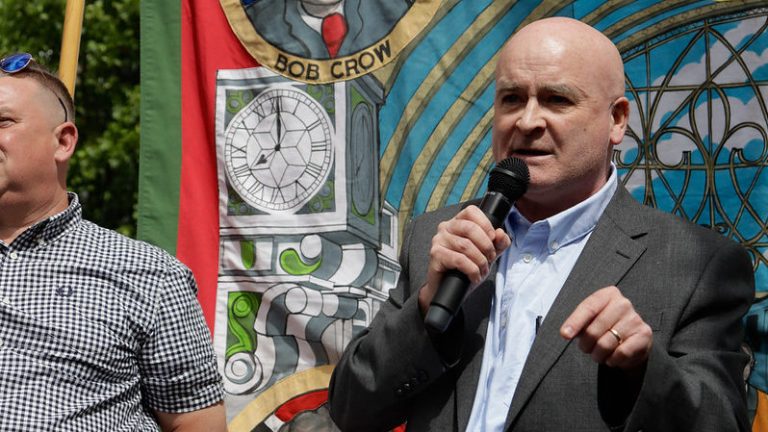I’m a gay man, but I am also a queer historian who ran the world’s only MA degree in queer history. The history that I teach, based on years of research into the lives and experiences of LGBTQ+ people in the past, leaves space for possibility and uncertainty. Even if the stories I tell might initially resonate with many gay and lesbian people today, myself included, they quickly become unfamiliar when we look more closely at the complexities of past lives. These complex, messy histories show that the incredible diversity and range of ways that people experience their gender and sexuality today are, in fact, nothing new.
And that’s why queer history matters. We urgently need it today to combat the homophobia and transphobia that is becoming normalised, from street attacks and employment discrimination to failed policy and presidential directives.
Even if Pride and marriage equality might validate and celebrate the lives and gains that some of us enjoy, too often many other people from our communities, particularly the most marginalised and especially trans and non-binary people, are seen as less valid, less valued and, too often, dispensable. Their identities are wilfully mischaracterised as ‘new’ and outside of history. This is false, and queer history shows us why.
- Ten essential queer movies, from The Wizard of Oz to Everything Everywhere All at Once
- Heartbroken? Blame capitalism. Author Shon Faye on why so many of us feel like ‘failures in love’
What fascinates me most, however, is that in queer history my students discover examples of possibility and fluidity that resonate for them as familiar in powerful ways that go far beyond being examples of LGBTQ+ people in the past. And yet, despite decades of research confirming the incredible diversity and variety of people in the past and the present, queer and trans people continue to face threats and danger in many places, including here. There is, in fact, so much in common between the past and the present.
Only days ago, at the end of January, the UK government released the most up-to-date information about how Britons described their sexual identities. The figures show that 3.8% of the UK population aged 16 and older identified as lesbian, gay or bisexual. This was up from 2.2% in 2018. The figure was even more stark for those aged 16-24, with approximately 1 in 10 (10.4%) identifying as lesbian, gay or bisexual, contrasting with 0.9% for those aged 65 and older. Transgender identities were not included in these figures, but elsewhere data shows that overall 0.54% of the population identifies as trans, while 1.0% of those aged 16-24 do so.
These figures tell us something vitally important. The number of people identifying publicly as LGBTQ+ is increasing. This means several things. It no doubt reflects the fact that it is safer for many people in the UK, especially young people, to live openly in ways that go beyond or don’t align with heterosexuality or being cisgender. Of course, LGBTQ+ people have always been here but more, especially younger people, can now safely acknowledge so on surveys and census documents. It also suggests that rigid understandings of cisgender and heterosexuality are being questioned, and people (again, more young people) feel empowered to explore possibilities in their own lives. And many more will identify in ways that may not be captured in the survey categories of lesbian, gay and bisexual as people, including many of my students, increasingly identify as non-binary, queer, fluid and poly.
